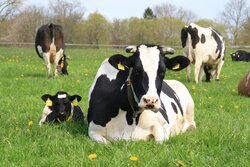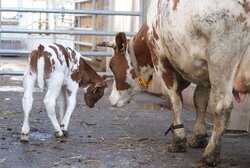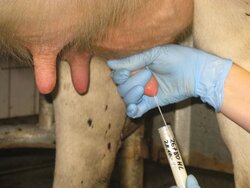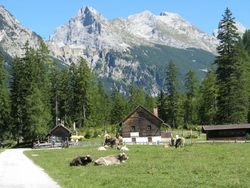More than a half of the organically managed land is grassland, and only herbivores like cattle, sheep or goats are able to transform the growth into food. In addition, the market of organically produced milk and milk products increases continuously for years. Thus, dairy farming is the most important branch of organic animal husbandry.
Consumers associate organic dairy farming primarily with a welfare oriented animal husbandry and a limited use of veterinary drugs. Therefore, we focus on animal health management, animal welfare and product quality of a sustainable organic dairy farming.
Scroll to top

![[Translate to English:] [Translate to English:]](/media/_processed_/8/e/csm_Bildschirmfoto_2021-03-03_bearb_fc48ac88bf.jpeg)
![[Translate to English:] [Translate to English:]](/media/_processed_/8/e/csm_Bildschirmfoto_2021-03-03_bearb_ba3ec0e9d7.jpeg)
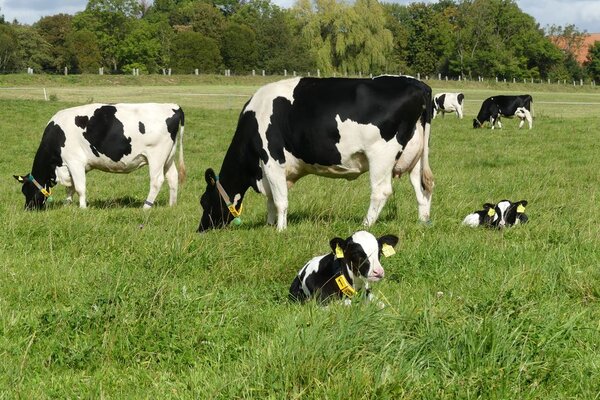
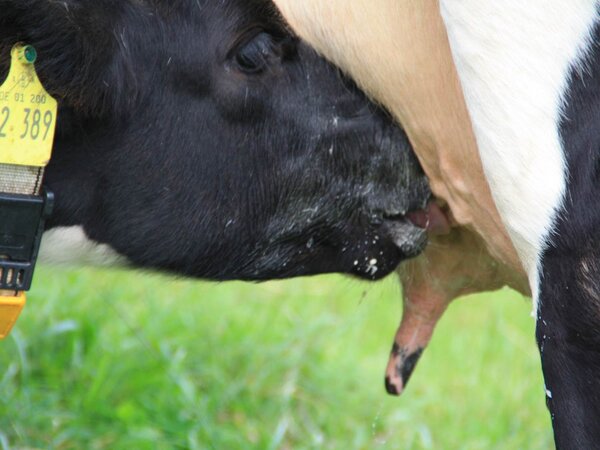
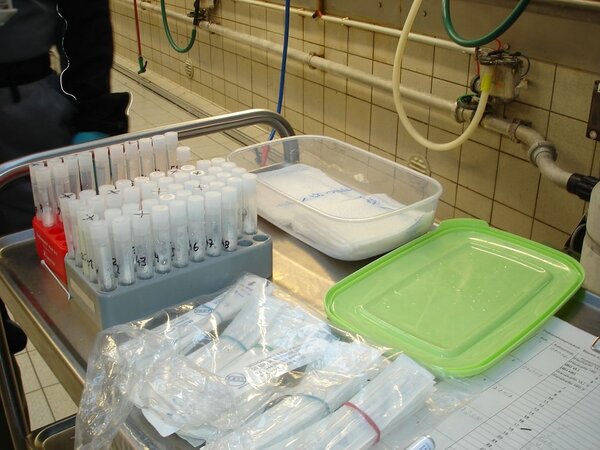
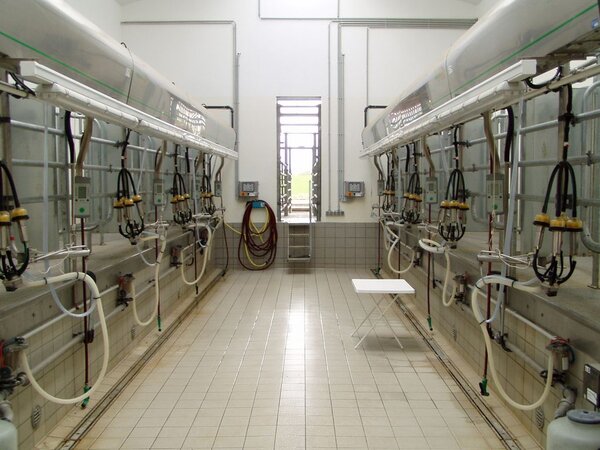
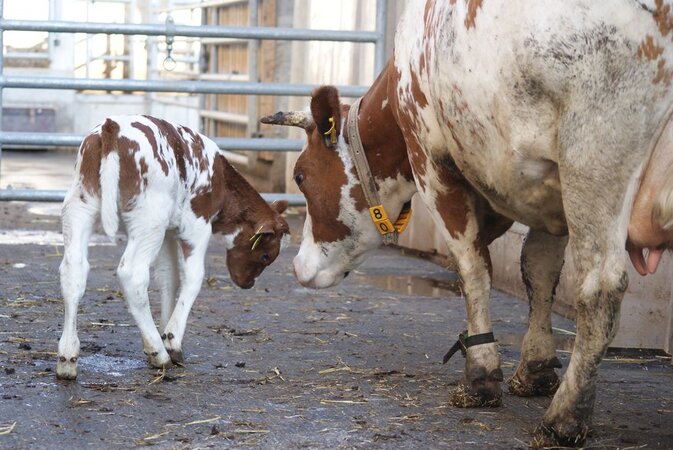

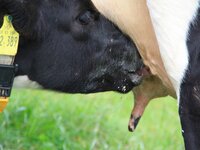
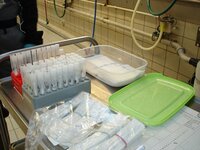
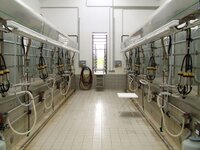
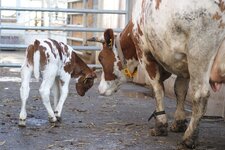
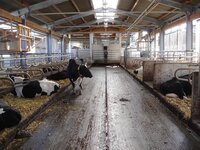

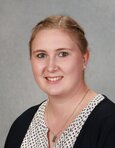


![[Translate to English:] TransformDairyNet](/media/_processed_/0/a/csm_Felix_KuhKindergarten_e55f9d9fb7.jpg)
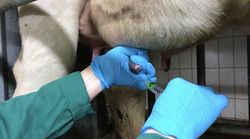
![[Translate to English:] Calf rearing with cow contact: natural, healthy and feasible](/media/_processed_/2/8/csm_Projekt_KaeKNatGeB_c_Jacqueline_Felix_2ab571e033.jpg)

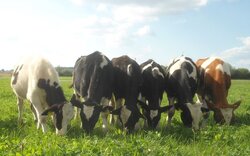
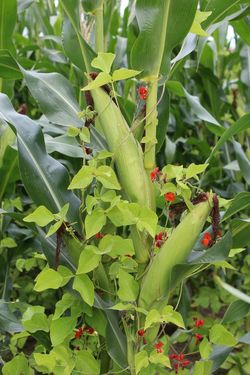

![[Translate to English:] InnoRind - Cattle Innovation Network – sustainable cattle farming in Germany, considering animal welfare, environmental impacts and social acceptance](/media/_processed_/d/7/csm_Logo_InnoRind_ee68863cfc.jpg)

